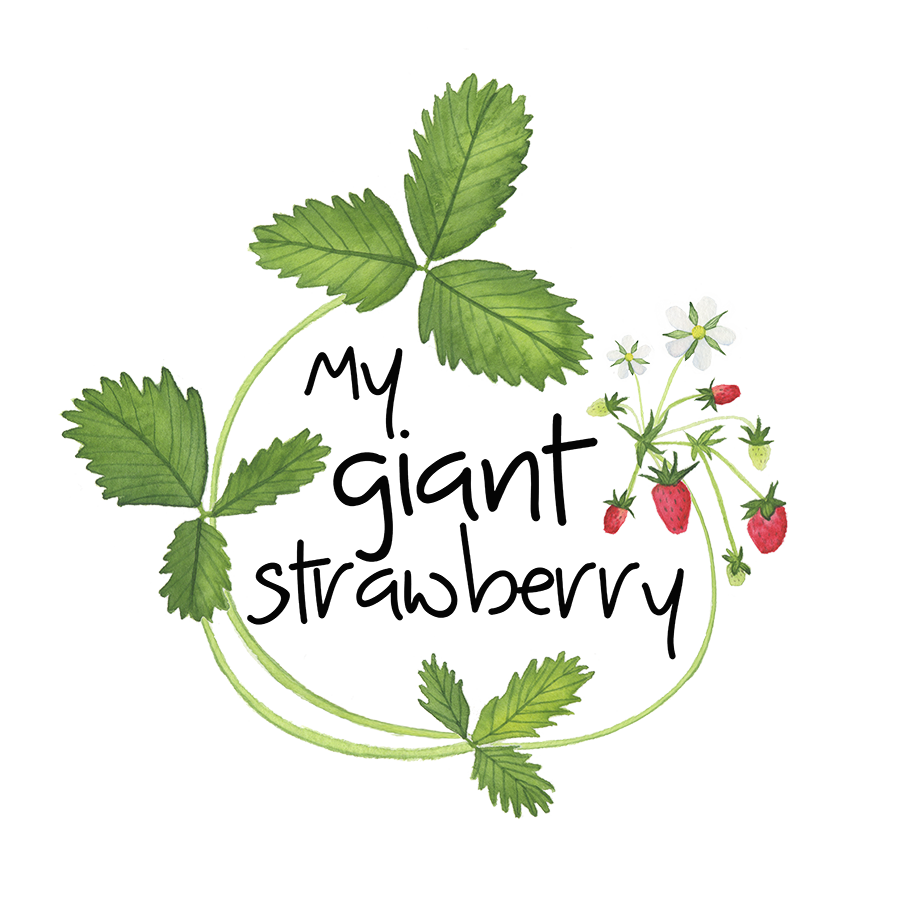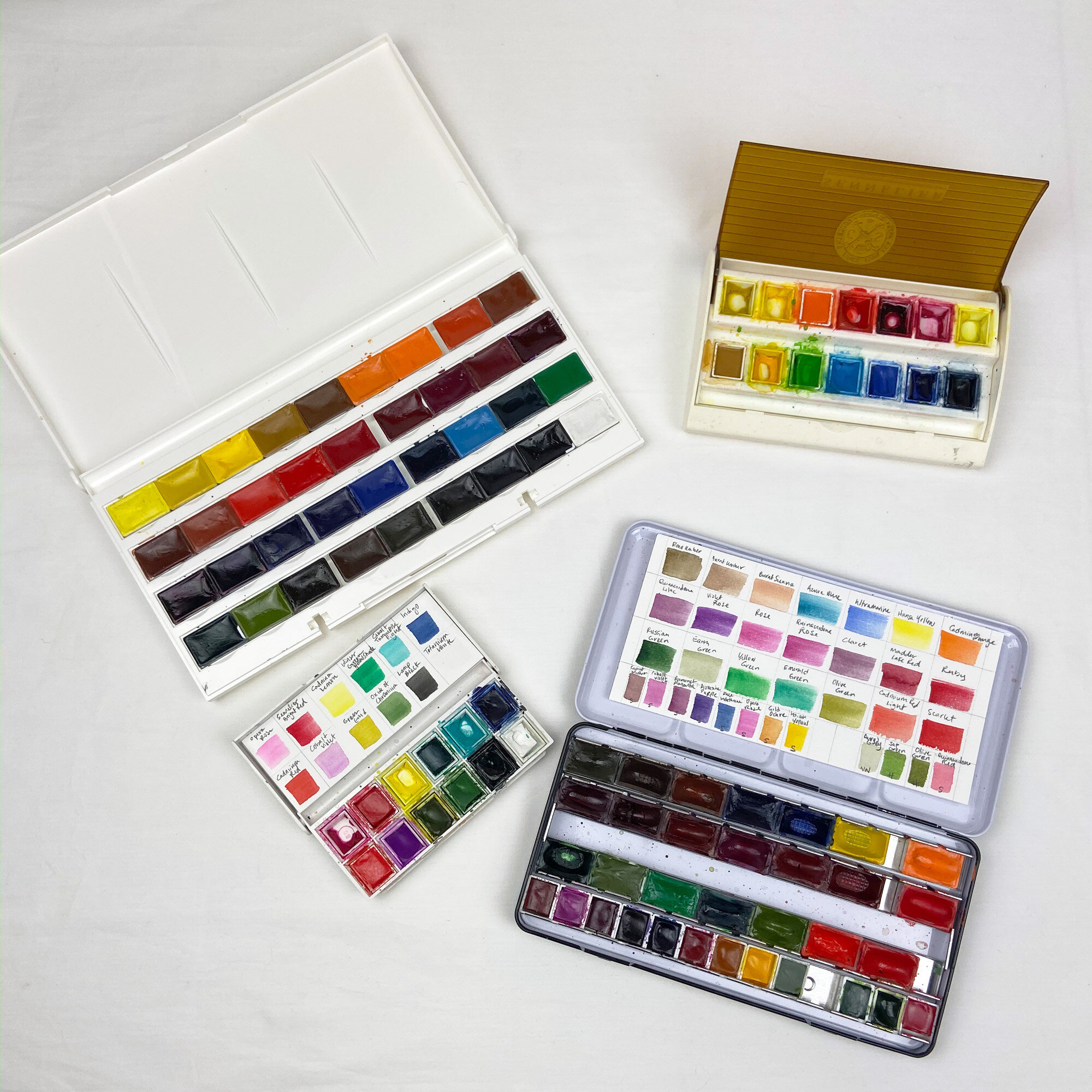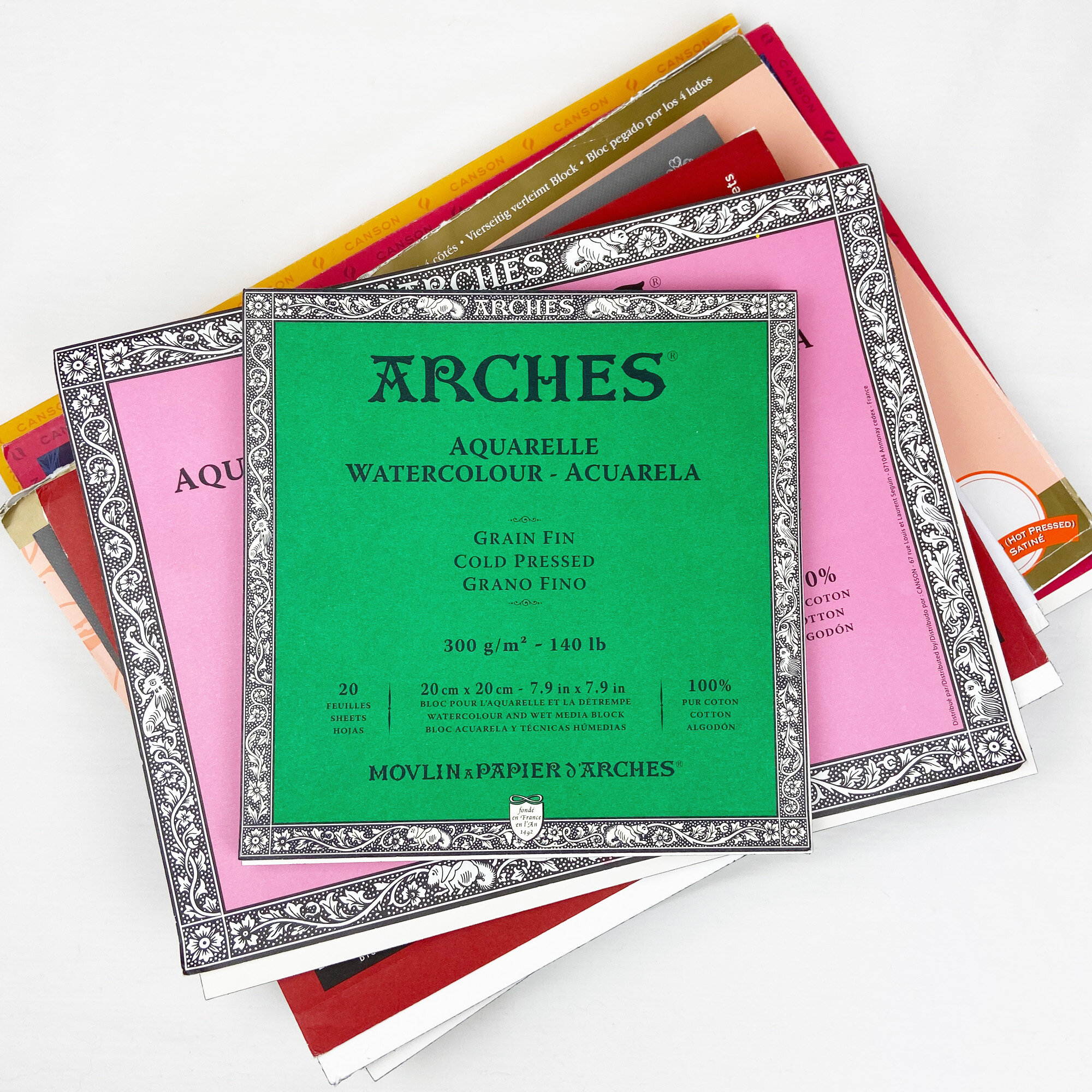My Favorite Watercolor Supplies
I get a lot of questions about what art supplies I use and I’ve been putting together a series of YouTube videos to share my answers.
I thought I’d take some time to talk about them here, too.
As always, if you have other questions, please let me know and I’d be happy to answer them in future videos or blog posts.
Let’s dive right in!
Paint
Although it’s hard for me to decide what’s the most important supply for watercolor painting, paint is certainly one of them. Good paint will be highly pigmented, mix well with other colors and be beautiful after it’s dried. It’s certainly possible to paint beautiful art with inexpensive watercolor paint, but it’s less frustrating for a beginner to use quality paint.
All of the watercolors I use are Artist (or Professional) quality paints. Usually this means there’s a higher amount of pigment and less of the other ingredients. All of my paints are also pan watercolors as opposed to tube watercolors. I feel there’s less waste with pans. Every artist has their own preference and one format is not necessarily better than the other. Liquid watercolor is another option, too.
My favorite brands are: Sennelier, Winsor & Newton and Yarka St. Petersburg.
Sennelier was the first brand of professional quality paints I used and they really are lovely to work with. I purchased a set of paints that came in a plastic palette case (top right above), replacing colors here and there over the years. Even the small half pans of watercolor paint last a very, very long time.
I also slowly created a collection of colors of the other two brands, purchasing open stock paints one or two colors at a time using a variety of different palette cases to hold them.
Pink is one color of paint I learned it was difficult to mix from primary colors and I sought out a variety of pinks from various brands and in doing so first encountered Yarka St. Petersburg watercolors (I use a lot of their Rose and Quinacridone Rose when I mix my pinks).
Only recently did I purchase a set of 36 full pan Yarka St. Petersburg paints and I love it! I wish I’d been able to find a set like this years ago. If you want to start with a set, I’d highly recommend it, in part because it’s so economical. The discounted price from Blick is $68.21, which ends up being less than $2 per pan. Individually the discounted price per pan is well over $6 (varying by color up to over $8).
By comparison a set of 14 half pans of Sennelier (similar to the set I started out with) is $76.23 discounted from Blick and a set of 14 Winsor & Newton Professional half pans is $85.26 discounted from Blick.
(Let me pause here to say that I am not affiliated with any of the brands I mention here. I have formed my own opinions after years of working with them. I purchase most of my art supplies online from Dick Blick because their prices are good and because there are no art supply stores near where I live. Do what works best for you).
Of course, price alone shouldn’t be your only determining factor for choosing art supplies. I love the highly pigmented colors of Yarka St Petersburg paints and the range of colors available.
In addition to the pinks I mentioned above, another single color from Yarka St. Petersburg I use a lot is Russian Green. As I mentioned a couple weeks ago, I put together a video on that color and collaborated with Laura Ashton who shares one of her favorite watercolor greens from Daniel Smith called Undersea Green.
Paper
Although it’s possible to create beautiful art with student grade watercolor paint, it’s very frustrating to paint on low quality watercolor paper. Watercolor paper comes in various weights and I wouldn’t recommend using anything lighter than 140 lb (330 gsm) because it may tear or buckle. Even heavier papers can be frustrating when they’re low quality because the paint doesn’t react as well with the paper, absorbing and spreading unevenly.
For beginners I’d recommend using cold pressed paper because it’s easier to work with. Paint and water don’t absorb into the paper in quite the same way with hot pressed as with cold pressed. Also some hot pressed papers will form tiny nubs when the paint and water are applied, making it seem as if you’re damaging the paper as you work.
Generally cold pressed paper has more texture than hot pressed paper, although the texture varies greatly from brand to brand. The color of the paper also varies a lot from bright white to more of a cream.
I prefer working with what are called Blocks of watercolor paper because they prevent the paper from buckling without the need to first wet and stretch your paper.
Again, like with paint, what type of paper an artist likes best is a matter of personal preference. Arches, Canson Heritage, Blick Premier, Langton Prestige, and Winsor & Newton are some of my favorites. The more you paint (and the more papers you try) the more you’ll develop your own preferences.
Brushes
Brushes, of course, are also very important to watercolor painting.
My watercolor paintings are very detailed and I love painting the tiniest fine lines to provide texture and depth to my art. To be able to paint fine lines I need high quality brushes.
This new iris painting just went up in my shop
When I was first starting out I thought I needed tiny brushes to paint tiny details, but over the past few years I’ve learned that a larger brush with a long pointed tip works much better. My current favorite brand is Princeton Velvetouch. They also happen to be a lot less expensive than other brands.
I hope this post and these videos are helpful for you as you navigate your own creative journey. I love sharing what I’ve learned along the way.
I’ll be taking a break from my blog, YouTube and social media until the New Year, but I will be responding to comments here, checking my email and hanging out on Skillshare (so if you’re a student in any of my classes and have questions or want feedback on a project, I’ll be there to help!). My shop will remain open, too, so if you haven’t yet gotten your calendar or are looking for another gift, it’s all good.
I have some exciting plans in the works including a giveaway (and new gift) for my Joy Letter subscribers, gifts for my customers (which I’ll announce in my next Joy Letter),
new Skillshare classes and my first in-depth e-course (so excited for it!).
If you’re not already a Joy Letter subscriber you can sign up here and I’ll send your printable Gratitude and Joy Lists to help you in choosing joy.
Thanks so much for being here, reading my words and encouraging me on my journey. Wishing you joy, always.
Have a joyful holiday season and a lovely end for the year. See you here with a new post in 2020!







